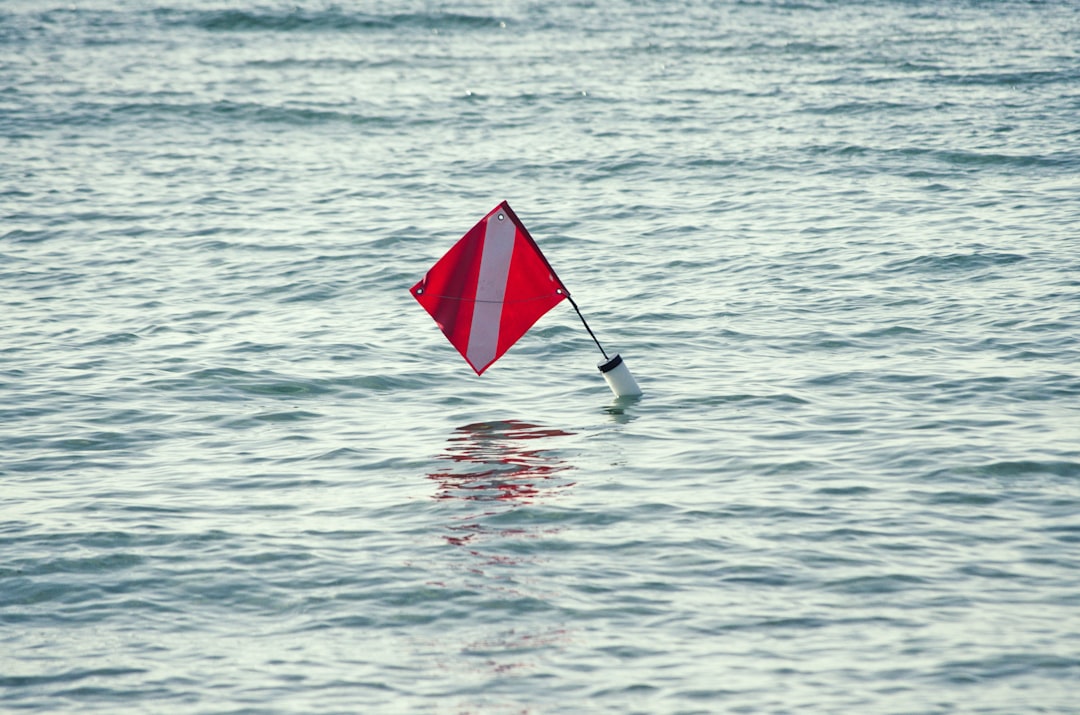
Should you ever find yourself captivated by the vivid spectacle of flags dancing on the wind above a ship’s mast, you’ve entered the captivating realm of nautical flag design. These maritime emblems aren’t just for show; each flag carries its own distinct message, communicating vital information to sailors across the high seas.
Before embarking on your journey into the realm of nautical flag design, it’s vital to comprehend the foundational code that regulates these maritime symbols. The International Code of Signals (ICS) establishes a standardized method of communication at sea, where each flag denotes a distinct letter, numeral, or signal. Click here to get even more info on the subject!
Creating nautical flags necessitates achieving a delicate equilibrium between aesthetics and utility. Every flag must be readily identifiable from a distance, even amidst the choppy waters of the open ocean. Designers frequently choose bold, contrasting hues and straightforward geometric patterns to enhance visibility. Moreover, flags are commonly fashioned from sturdy materials such as nylon or polyester to withstand the demanding conditions encountered at sea.
Beyond their practical utility, nautical flags are steeped in rich symbolism and tradition. Throughout history, sailors have invested these colorful banners with meanings that are both practical and symbolic. From the infamous Jolly Roger, symbolizing piracy and defiance, to the modest Blue Peter, indicating a vessel is prepared for departure, each flag bears its distinct significance. Understanding these symbols adds depth to the art of nautical flag design, connecting contemporary sailors to a storied maritime heritage.
Ensuring nautical flags are displayed correctly is vital for efficient communication at sea. Flags are typically hoisted on a ship’s mast or rigging using halyards or flagstaffs, with each flag’s position conveying specific messages. As an illustration, the “Oscar” flag, denoting a person overboard, is flown above all other flags to highlight the urgency of the situation. Moreover, specific flags may be arranged in predetermined sequences to communicate more intricate messages, such as distress signals or navigational directives. Just click here and check it out!
While nautical flags hold a timeless allure, their practical applications extend far beyond mere decoration. Modern maritime industries rely on these flags for essential communication during operations ranging from commercial shipping to recreational boating. Furthermore, nautical flags play a crucial role in maritime signaling systems, aiding in navigation, collision avoidance, and search and rescue efforts. Through proficiency in the language of nautical flags, sailors can enhance safety and efficiency while navigating the open waters.
In an age overshadowed by digital innovations, the tradition of nautical flag communication persists as a testament to humanity’s lasting affinity with the sea. Although modern advances like radio and satellite communication have bolstered maritime signaling systems, nautical flags retain their cherished status as symbols of seafaring tradition. Whether adorning a historic tall ship or fluttering atop a modern yacht, these colorful emblems continue to captivate the imagination of sailors and landlubbers alike.
In conclusion, the art of designing and displaying nautical flags is a timeless tradition that blends practicality with symbolism, connecting sailors across oceans and centuries. Therefore, when you next glimpse a string of flags swaying in the wind, pause to reflect on the centuries-old tradition they embody. Fair winds and following seas! View here for more info on this product.
